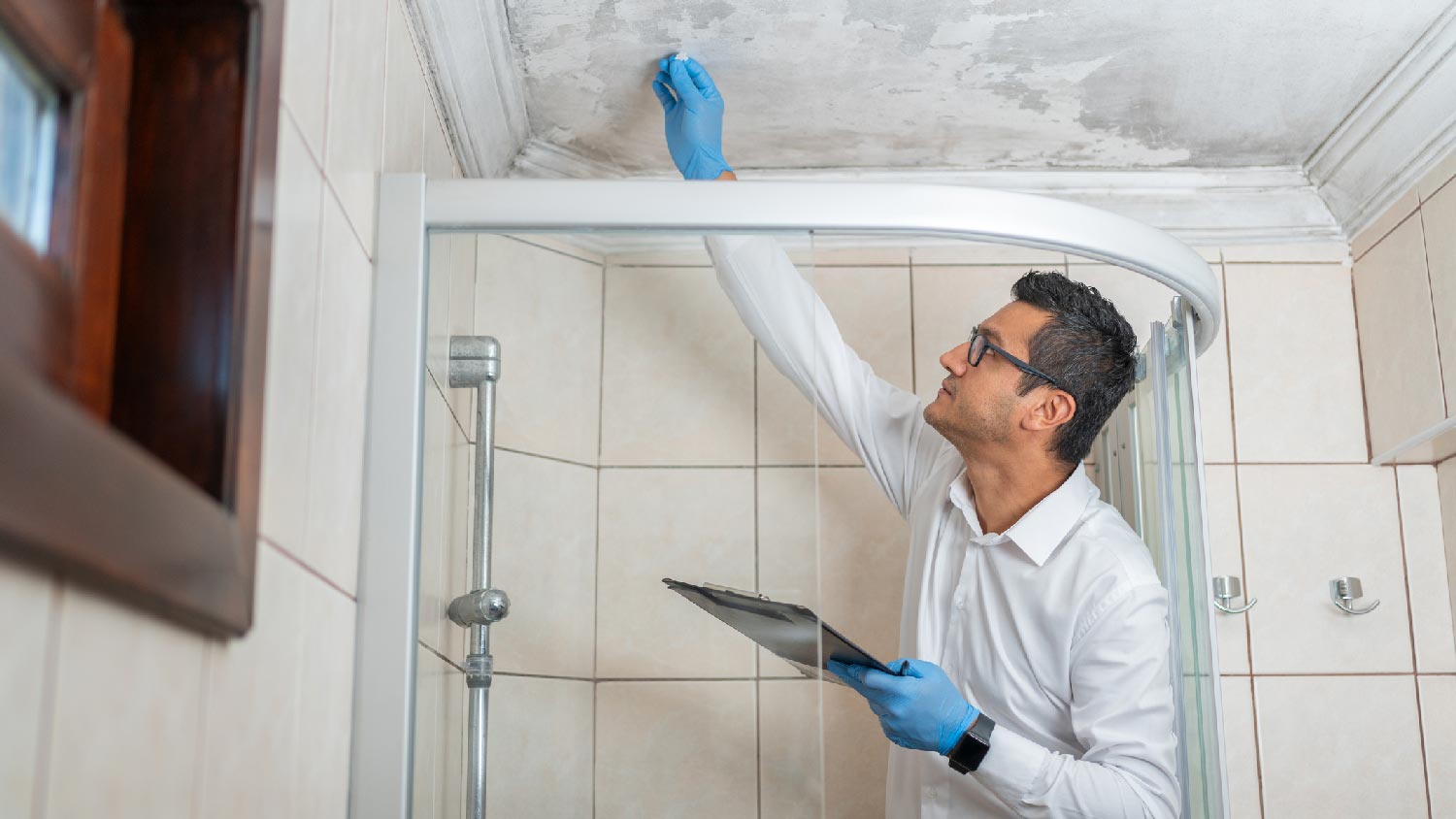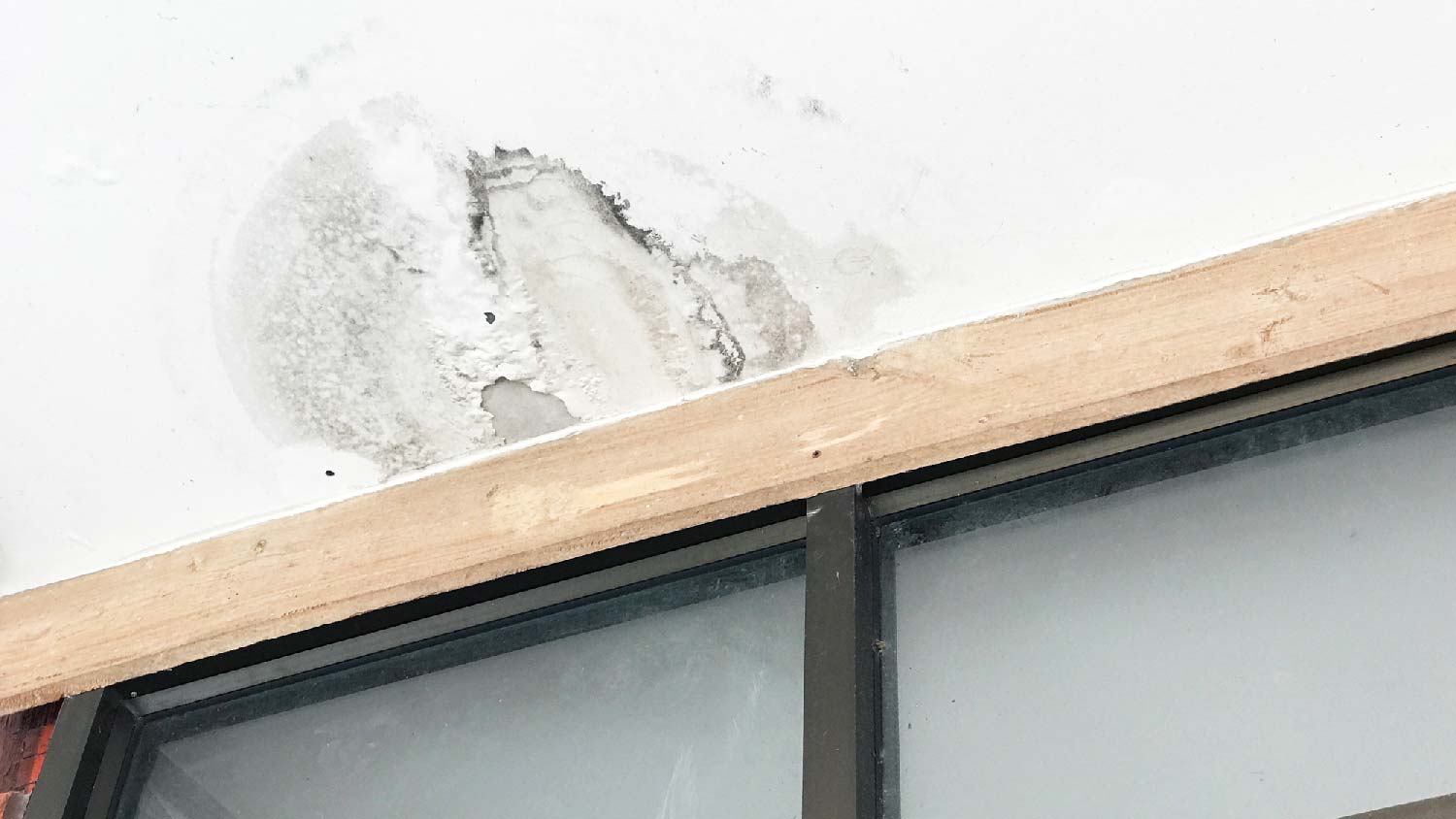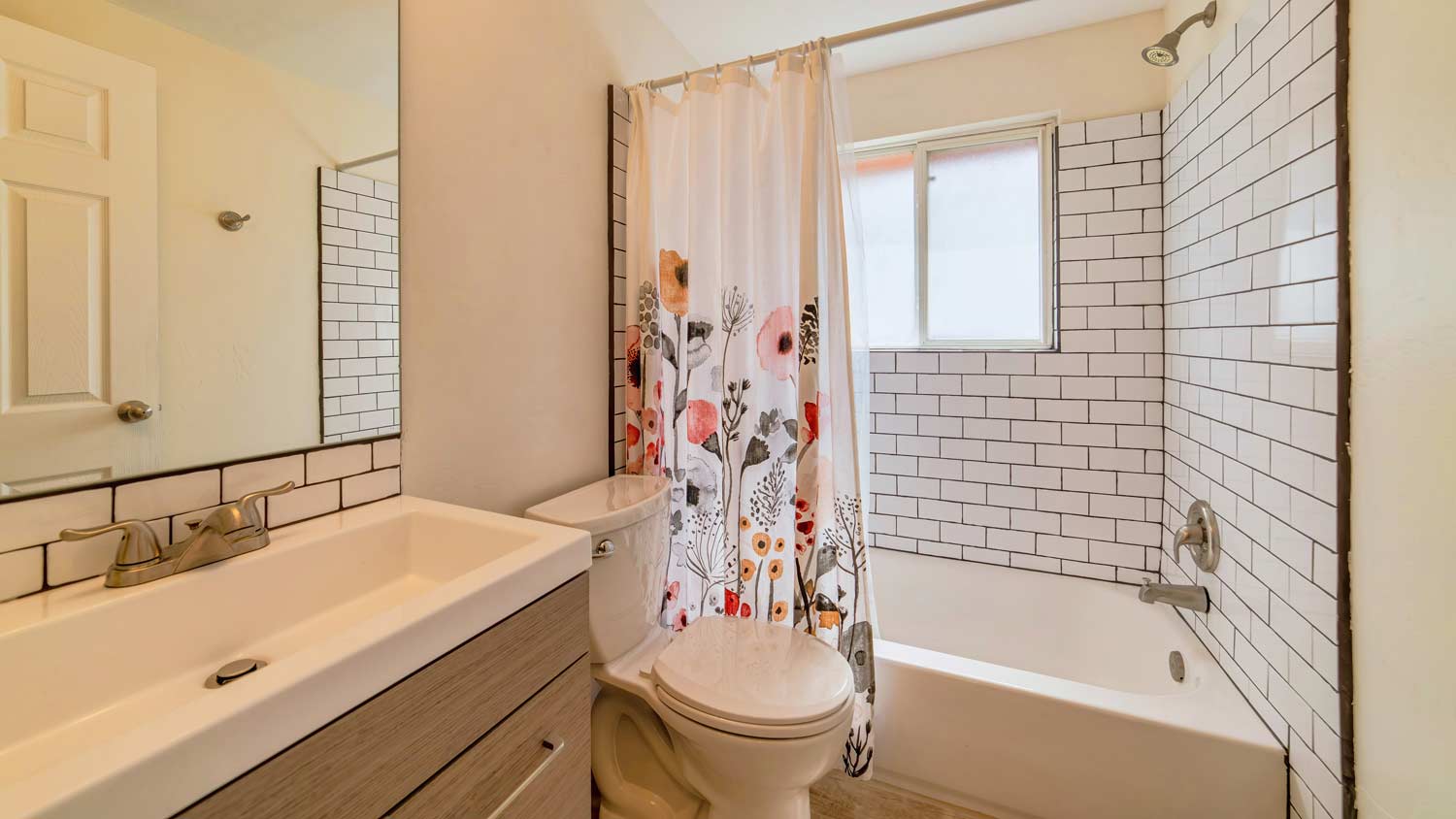
Mold remediation cost can quickly escalate. But if you have mold in your home, the cost for mold remediation is worth it.
Not all slimy substances are created equal


Mold and fungi grow in areas with excess moisture.
Some types of mold are dangerous to your health.
Most fungi that appear on walls are not dangerous.
Mold spreads faster than fungi on your walls and surfaces.
If you’re unsure, seek the help of a pro for an inspection.
When you see an unexpected fuzzy or slimy substance in your shower or on a wall, you reflexively will try to keep your distance. Black mold potentially can make you quite sick, after all, but not all moldy or slimy substances are as frightening. Understanding the differences between fungi and mold can help you determine the best treatment method, whether it’s DIY cleaning or hiring a mold removal company. Once you remove the mystery of the slime, it won’t be as scary.
Although some people believe fungi and mold are the same thing, there are some key differences. Understanding the mold vs. fungi relationship can help you spot these differences.
| Trait | Mold | Fungi |
|---|---|---|
| Common colors | Black or green | White or gray |
| Common texture | Fuzzy or slimy | Powdery or slimy |
| Cellular structure | Multicellular | Single or multi |
| Type of growth | Fast spreading | Slower spreading |
| Requires moisture | Yes | Yes |
| Produces mycotoxins | Sometimes | No |
| Health concerns | Sometimes | Rarely |
When you see a growth on your wall, on wood in a crawl space, or on a damp surface inside your bathroom, color and texture can help you distinguish whether you’re seeing fungi or mold.
Mold frequently has a green or black color, but it can appear in almost any color. Mold often seems to have a fuzzy texture when it appears on a wall, but it can also appear to be slimy or can look like velvet. It often creates a circular pattern on the wall, and it will spread relatively quickly over a few days and weeks.
Fungi often has a gray or white color, but, like mold, it can be almost any color. Fungi often has a powdery or chalky texture. Mildew, which is a type of fungi, can appear slimy, especially in a damp location like a shower.
As you may surmise, it’s not always easy to tell the difference between mold and fungi. Even with dangerous black mold, identification is a challenge. For starters, it isn’t always black. Instead, black mold can look like a black, green, or dark brown fuzzy stain on a wall.
If you’re unsure, especially when it comes to black mold, seek the help of a professional.

Fungi appear naturally in areas with moisture, both outdoors and indoors. More than 140,000 different species have a classification as a type of fungi, meaning you could experience fungi in a lot of different places. Yeast and mushrooms are types of fungi that serve as food, for example. Mildew fits as a species of fungi.
Mold is actually a species of fungi, too. In other words, not all fungi are molds, but all molds are fungi.
If you are noticing a type of fungus on your wall that isn’t a mold, it’s probably mildew. If you notice a pink slime on your shower walls, for example, many people call this pink mold. However, it is actually pink mildew.

The majority of molds that you may find on the walls of your home fit within the three primary types of mold.
Allergenic: The majority of molds will cause an allergic reaction that can be mild or moderate.
Pathogenic: If you encounter a pathogenic mold when you have a weakened immune system, you could experience a dangerous fungal infection.
Toxigenic: Toxic molds create mycotoxins, which are extremely dangerous to your health when you have constant exposure to them. Black mold is often toxigenic.
With most fungi, you can simply use a cleaning product to remove them. A thorough cleaning is the best way to get rid of mildew and fungi on surfaces inside the home. Wear protective gear, like safety goggles, gloves, a mask, and clothing that covers most of your skin.
However, if you have mold, you may want to consult a local mold inspector. An average mold inspection cost is about $650, and it will include testing the air quality and checking for the sources of moisture that are leading to a potential mold infestation. This professional can let you know the type of mold or fungi that you have, and the best way to fix the problem.
Should you need a professional’s help to remove the dangerous mold, the average mold remediation cost is about $2,200. However, you could pay quite a bit less for a small mold infestation that you catch early.
Until you are certain of what you are seeing in your home, you should avoid touching the substance.
From average costs to expert advice, get all the answers you need to get your job done.

Mold remediation cost can quickly escalate. But if you have mold in your home, the cost for mold remediation is worth it.

The cost of a mold inspection might seem high, but it’s one of the best investments you can make for your health and home. Read on to learn cost-saving tips.

Water damage vs. mold: knowing the difference could help you identify mold as soon as it appears. Keep reading to learn signs of water damage and mold.

When you see some sort of growth in a damp area of your home, you want to know the differences between mildew and mold. Learn more about these two types of fungi.

An orange shower curtain can be due to bacteria, hard water, or product scum. Read this guide to learn why your shower curtain is turning orange.

Mold on wood is a common problem that needs to be removed to prevent health hazards and structural damage. Use this guide to learn how to kill mold on wood.